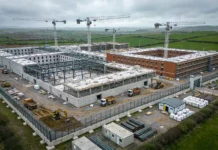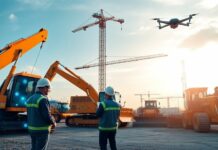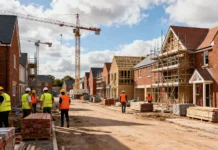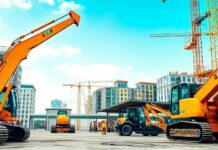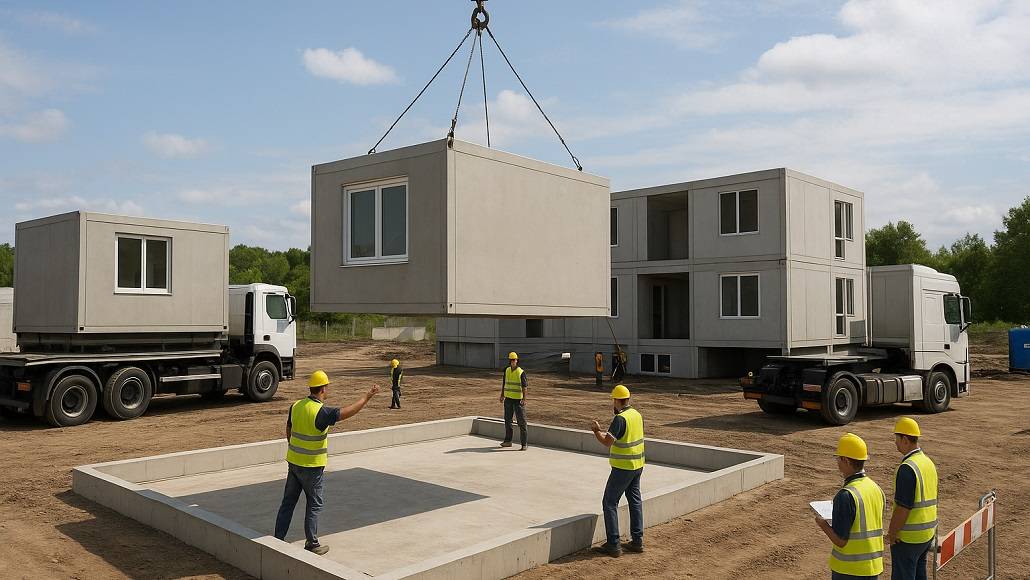Construction has been evolving significantly over the past couple of years, whether in terms of technique or materials. Modular buildings involve change on both fronts, as teams build the components in a factory and put them in ready-to-install packages.
While it’s a generally seamless process, there are several quirks to consider.
1. Lack of Design Complexity
Modular construction is focused on reducing project timelines, which can often lead to standardized designs that can be mass-produced. As a result, most stakeholders may assume that the design is too simplified or downright generic.
While entry-level models may be true, some modular construction professionals specialize in customizing designs and builds. Construction companies must do their due diligence in communicating what kind of look they need for the build.
2. Transportation and Logistics
It is convenient to have components readily made and transported to the modular build process, but this can also introduce concerns over manufacturing defects that weren’t checked before the packages were shipped out.
Even if the modular build is sent in excellent condition, it is not guaranteed to arrive in one piece at the construction site. A lack of protocol can also make recipients wonder whether they can return the items.
3. Site and Foundation Preparation
Preparing a construction project’s site and aligning the foundation is critical to achieving a stable and level base for the building. However, the dimensions of the upcoming building are required to ensure seamless integration.
Since modular constructions are still in the process of creating the components, teams on-site may be in the dark about how and when to prepare the groundwork. If professionals do push through with it without the dimensions, it increases the chances of mistakes in the long run.
4. Communication Between On and Off-Site Teams
Modular construction involves off-site teams that manufacture the components and on-site teams responsible for receiving and assembling them. Clear communication is paramount to ensure the build process goes as intended.
However, internal challenges like constantly changing information and a lack of updates on either side can inhibit these goals. There may also be a disconnect between the two teams, since they work in contrasting environments and hold different primary objectives.
5. Permitting Challenges
Modular buildings comply with various building codes, sometimes even more so than traditional buildings due to their preparation time. In fact, they can already support ADA, fire safety, energy efficiency and more standards, but because the building process is so different, local authorities may have their own inspections and jurisdictions regarding the matter.
Construction teams carrying out modular builds must be more vigilant about getting the correct permits.
6. Installation Mistakes
One of the main appeals of modular building processes is how easy they are to install. Every part is already configured to fit together, but contractors with little to no experience assembling a modular structure can make mistakes.
Some of these may damage the quality of the modular building’s components, while others can just stall the installation process. That would take away the advantage of creating the modular build as soon as possible.
7. Theft Risks
Theft has been a recurring concern on construction sites, but the risks are higher when creating a modular building. The components can be attractive to attackers since they’re readily available and stored in a way that makes them portable, especially upon arrival.
If it’s assembled, there’s also the risk of vandalism, whether from site personnel or infiltrators. Both modular and traditional buildings are vulnerable, which calls for discipline from construction teams and better security.
What the Modular Build Process Looks Like at the Moment
The modular build process typically begins in a factory. Manufacturers prefabricate the pieces, either according to their own typical design or according to what the construction company commissions them to be. This stage can reduce material waste and minimize the actual construction labour that happens on-site.
Once the components are finished, they will be transported to the construction site. Depending on the size of the project, modules are divided and delivered in groups. Everything must be securely packaged to maintain quality.
The ground is typically prepared while production and delivery are already underway. This phase can be lengthy since it involves excavation, grading and utility installation. Ensuring these stages coincide can minimize project time in the long run.
After receiving and vetting the components’ quality, assembly will begin. Detailed process instructions are typically included to ensure that builders can proceed easily with their construction operations.
Modular buildings are used for all kinds of projects, from residential spaces to office buildings and even schools. Hospitals can also benefit from these types of construction techniques thanks to how fast the process between designing and construction is, especially when compared to traditional buildings.
How to Manage the Modular Building Process
Modular build processes are susceptible to several quirks, but it’s key to remember their numerous advantages. Optimizing the process’s management can help address and mitigate most of the myths and mistakes that may occur.
1. Thorough Project Planning
Project planning can prevent several transgressions that can occur during the building process, especially when done early in the process. Manufacturers, engineers and contractors should get on the same page at the beginning about the specifications of the structures.
Teams can initiate an early design freeze. Pre-engineering the designs and floor plans can ensure everyone is aware of the design’s complexity and depth. Now would also be a good time to add changes and re-evaluate the feasibility of the components’ quality.
Having the blueprint can make it easier for construction professionals to run a detailed site assessment and determine the components’ transportation route. Doing so would also show them where to acquire the right building permits and gain approval from local authorities.
2. Vigilance in Material Choices and Documentation
Adhering to different building codes and regulations is much simpler when choosing the appropriate materials. For example, a stakeholder may prioritize LEED certification in the project. Steel building materials can help, as they can save 81% of embodied energy and 51% material mass.
Modular buildings inherently meet LEED standards because they reduce materials waste and improve construction. However, accredited professionals must review and certify the proper documentation of the product’s quality.
3. Clear Communication
The whole process should involve as much communication as possible, from the pre-planning phase until the project’s completion. Regular and structured meetings are a good starting point, though virtual solutions are also necessary to coordinate on-site and off-site teams while carrying out their respective responsibilities.
A streamlined management system can help move data securely to ensure everyone can access critical resources when making a decision. It can also help to conduct online progress updates and feedback loops.
4. Creating a Realistic Timeline
Some contractors may become too impatient with starting site preparation and foundation alignment before receiving the specifications of the modular building. However, most of these stem from a fear of not meeting the project deadline. It’s vital to have a realistic timeline for the modular build process.
Assess the time estimate for each phase, such as design and prefabrication. Companies should also sort out which stages can overlap with one another. Site preparation can typically start at the same time as factory production takes place, since the specifications are already finalized.
5. Leveraging Technology
Technology already improves several aspects of project management and communication, but it can also be utilized in other ways. For instance, factories utilize 3D printing when pre-engineering components prior to actual production. Doing so can assist with project visualization and analysis without using the exact materials necessary.
Logistics software programs can also be helpful when shipping the prefabricated modules to the construction site, as they offer real-time tracking and optimized delivery routes. Ensure senders and recipients have access to these resources to avoid any transportation problems.
6. Proper Employee Training
Train on-site employees so they understand the nature of the modular building components and how to handle them. This knowledge can be useful when applying for permits and storing the pieces prior to their assembly.
It is also valuable to discuss the installation process. Although manufacturer instructions are typically provided and simple to follow, it still helps to have the guidance of professionals with experience in modular buildings.
7. Improving Security Around the Site
Modular construction should have tight security to help curb theft and vandalism. Adding guards and integrating surveillance cameras are key ways of monitoring who comes in and out of the site at all times. Aside from keeping the modules safe, it can also help the workforce feel more at ease.
Limiting access control to authorized personnel is another simple way to avoid tampering, especially before the assembly phase begins. Add alarms and sensors to signal unwarranted entry attempts.
Make the Modular Build Process Smoother
The modular build process still needs improvement, but thoughtfulness and intentionality can iron out several existing quirks. Exercise care when using this construction technique, and reap the benefits without hindrances.







